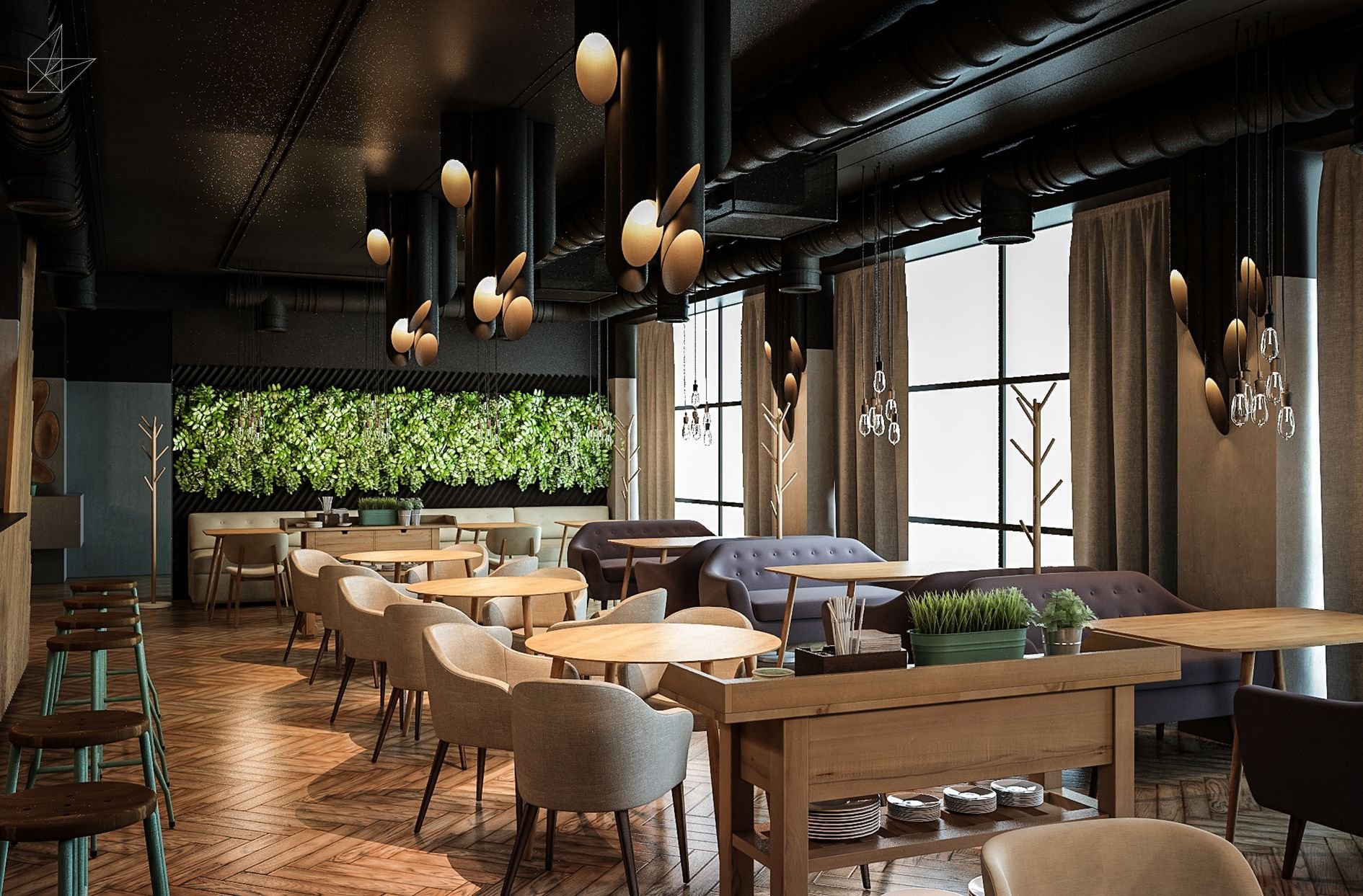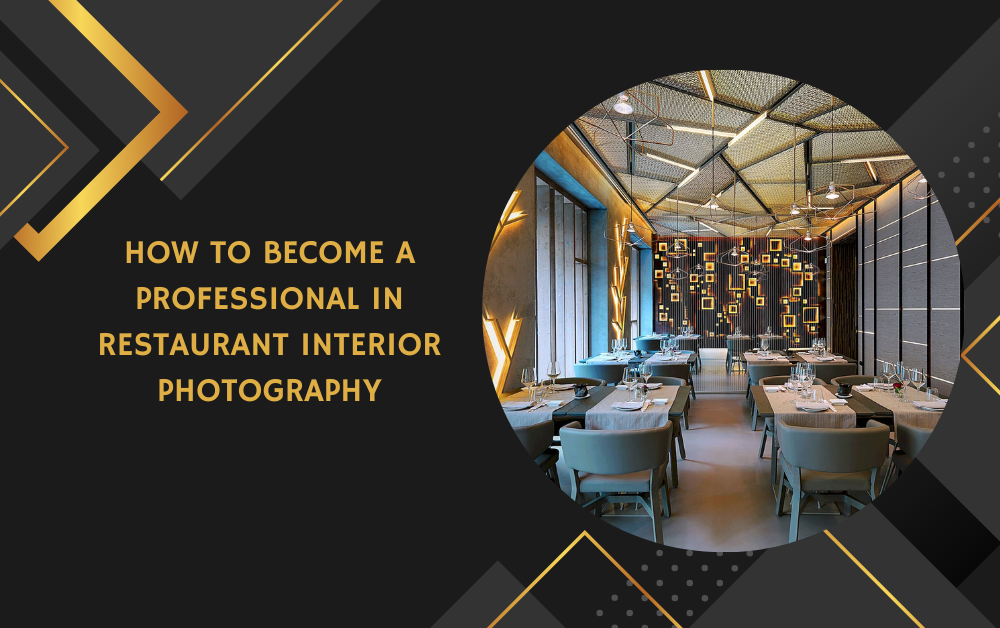Introduction
Restaurant interior photography is a niche within professional photography that focuses on capturing the aesthetic and ambiance of dining venues. This specialty not only helps photographers carve out a unique space in the industry but also serves restaurant owners by providing them with compelling images that attract customers. If you’re looking to become a professional in this field, understanding the nuances of restaurant interior photography, the restaurant industry, and marketing your skills are essential steps.
Understanding the Basics of Restaurant Interior Photography
Restaurant interior photography goes beyond just taking pictures of a dining area. It involves a deep understanding of composition, lighting, and the story that the restaurant wants to convey to its audience. The first step in becoming a professional is to understand what makes this type of photography different. You need to capture the mood and tone of the restaurant, which can vary significantly from a cozy cafe to a luxurious fine dining establishment.
Mastering the Technical Aspects
1. Learning About Lighting
Lighting is one of the most crucial aspects of interior photography. Natural light is preferred, but not always available. Therefore, a professional must know how to manipulate artificial lighting to mimic natural light or to enhance it effectively. Understanding how to use different types of lights, such as diffusers and reflectors, and mastering the balance between shadow and light are key skills.
2. Composition and Angles
Composition in restaurant interior photography isn’t just about capturing the entire room but highlighting the elements that make the space unique. Using various angles and perspectives to emphasize the best features of the restaurant, such as architectural details or custom furniture, is essential. Knowing how to frame your shots to make the interiors look inviting is a skill that comes with practice and creativity.
3. Detail and Decor
A professional restaurant interior photographer must also focus on the small details that contribute to the atmosphere of the restaurant. This includes table settings, decor, textures, and art pieces. These elements, when captured correctly, can convey the quality and style of the restaurant to potential customers.

Building a Professional Portfolio
To market yourself as a professional, you need a strong portfolio that showcases the best of your work. Initially, you might need to offer your services at a reduced rate or even for free to local restaurants to build this portfolio. Be sure to include a variety of styles and restaurant types to show potential clients your versatility and range.
Navigating the Business Side of Photography
Being a successful restaurant interior photographer is not just about taking great photos; it’s also about understanding the business side of things. This includes marketing your services, understanding the needs of your clients, and managing projects efficiently.
Marketing Your Skills
Developing a Niche Brand
In a competitive market, having a niche like restaurant interior photography helps you stand out. Develop a brand around your unique style and approach to photography. Use social media platforms, your professional website, and networking in the hospitality industry to promote your brand.
Networking and Client Relations
Building relationships with restaurant owners, interior designers, and others in the hospitality industry is crucial. Attend industry events, participate in online forums, and join professional groups to meet potential clients. Good networking skills can lead to referrals and repeat business, which are essential for sustaining your photography career.
Managing Photography Projects
Project management is another critical skill. This includes everything from scheduling photo shoots during the right lighting conditions to managing post-production timelines. Being organized and professional during the entire process, from initial client meetings to delivering the final images, will help you gain trust and satisfaction from your clients.
Advancing Your Skills and Knowledge
Continuing education is vital in keeping up with the latest trends in both photography and the restaurant industry. Attend workshops, take courses, and stay updated with new photography technologies and techniques. Also, understanding the evolving trends in restaurant design can provide you with insights that will improve your photography and make your services more valuable to restaurant owners.
Conclusion: The Path to Professionalism in Restaurant Interior Photography
Becoming a professional in restaurant interior photography requires a mix of technical skills, artistic insight, and business acumen. By understanding the specific needs of restaurant photography, building a strong portfolio, and effectively marketing your services, you can establish a successful career in this exciting niche. Remember, every photograph you take not only showcases your skill but also tells a story of the dining experience that awaits the restaurant’s potential customers.
Note :- To Read More Articles Visit on- xgenblogs
